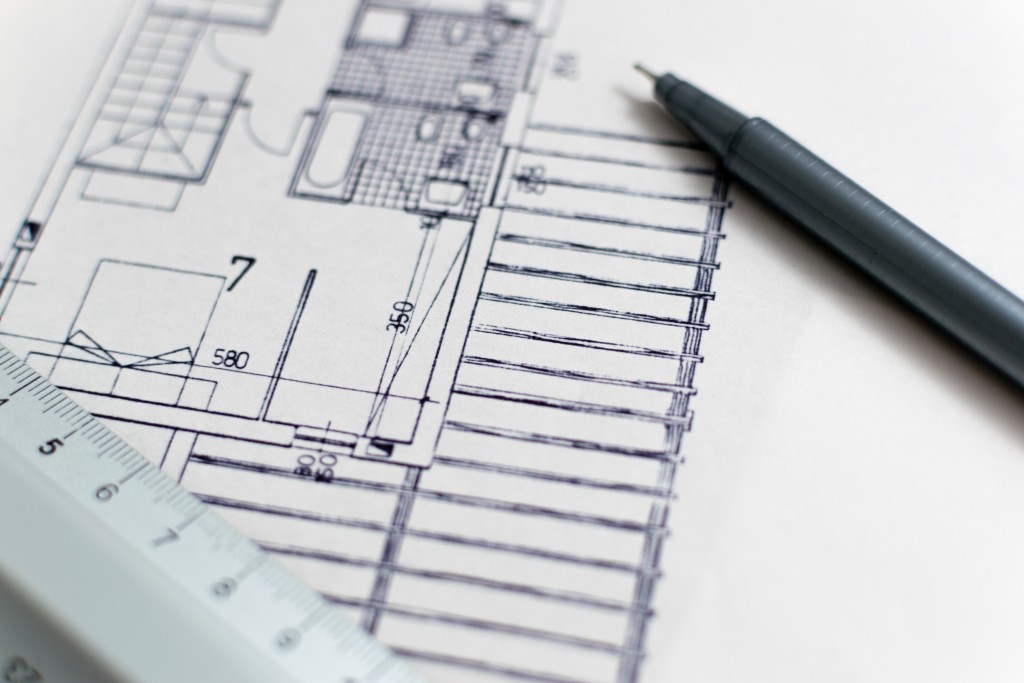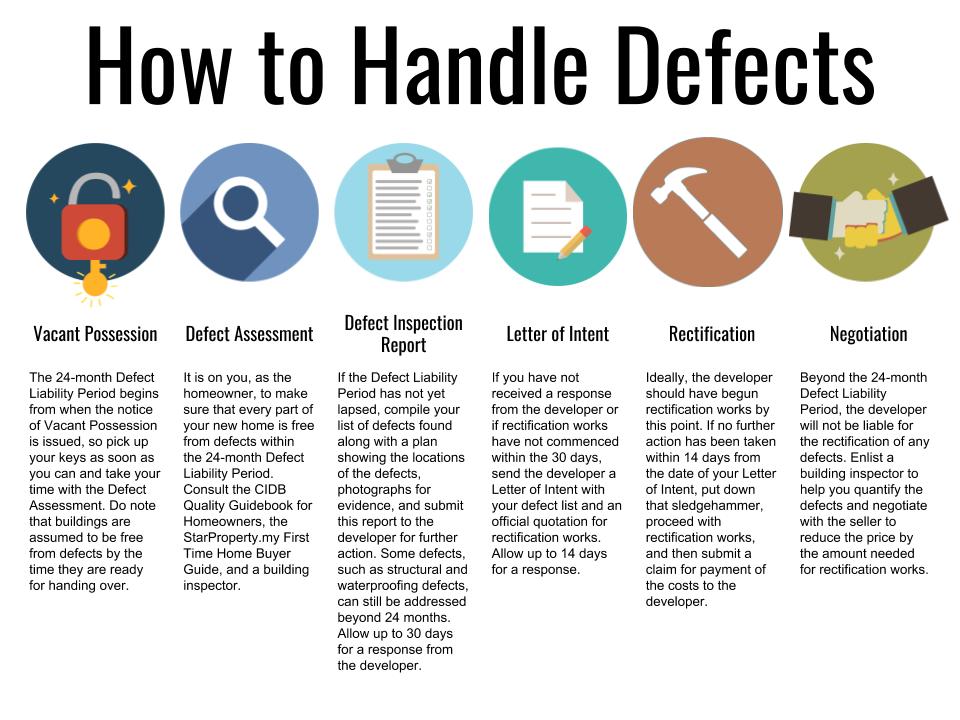Contributed by Canaan Building Inspection Sdn Bhd director Sr. Joshua Kang
Belay that impulse to smash everything and follow through with the proper defect rectification procedures.
You’ve just spent your life savings on a downpayment and affirmed that the next 30 years of your life will be spent paying off that housing loan – and then you see a defect that makes the veins on your forehead pop out.
There’s no need to go Hulk on that suspicious-looking floor tile just yet – so put that sledgehammer down and take a deep breath while we walk you through the steps to address any defects in your new home.
Step #1: Collect your keys
If you've just bought a new home, you can expect the developer to send you a notice of vacant possession as soon as the property is ready. Once that notice goes out, the clock on the 24-month warranty period (the Defect Liability Period) starts ticking. You're definitely better off collecting your keys as soon as possible – so that you have lots of time to inspect your home for defects.

Photo by rawpixel.com from Pexels.
Any defects found during this period would have to addressed by the developer and while the majority of request for rectification beyond this period may be ignored, structural and waterproofing defects will be addressed as they are respectively covered by lifetime and 10-year warranties.
Step #2: Inspect your new home
Once you've got your keys, you'll need some time, tools, and a defect checklist (included in guides such as the StarProperty.my First Time Home Buyer Guide or the CIDB Quality Guidebook for Homeowners). Walk through your new home with a floor plan and a camera, take plenty of photographs and mark any potential defects that you spot on the floor plan (not on the actual floor).
Doing this before enlisting a certified building inspector or during the joint inspection with the developer is advisable – these things take time and other parties may not have the time for a detailed assessment or be as motivated as you are to pursue perfection.
Step #3: Submit a Defect Inspection Report
In order to get any defects you find fixed, the developer will have to be notified of their existence. The Housing Development (Control and Licensing) Act of 1966 compels all licensed developers to remedy defects within 30 days of receiving the Defect Inspection Report. Having a certified building inspector present before or during the joint inspection will also help to strengthen your claims.
Reputable developers will respond by rectifying genuine defects within 30 days of receiving your Defect Inspection Report. Any new defects that appear following the first round of repair works should be highlighted in another round of joint inspections.
Step #4: Send a Letter of Intent
If no acknowledgement of your Defect Inspection Report is returned, or if repairs do not occur within the 30 days following your submission of the Defect Inspection Report, you should proceed with sending a Letter of Intent.
Indicate your intention to begin rectification works within 14 days of sending your Letter of Intent and include a quotation for the repairs. If nothing happens within the next two weeks, you should proceed with repairs on your own and submit a claim for payment to the developer.
Step #5: Litigate
Reputation being the most crucial ingredient of any organisation's longevity, very few licensed developers will let a Defect Inspection Report, a Letter of Intent, or subsequent claims for payment of repair costs go unanswered for long. But if you have reached this point of the process without any cooperation from the developer, it is probably time to litigate.

Photo by rawpixel.com from Pexels.
Section 16L of the Housing Development (Control and Licensing) Act of 1966 enables homebuyers to "lodge with the Tribunal a claim in the prescribed form together with the prescribed fee claiming for any loss suffered or any matter concerning his interests as a homebuyer" – up to the amount of RM50,000.
When purchasing a home from a private seller and not a developer, you can leverage your findings during the Defect Assessment to negotiate for a lower price – again, it helps to have a certified building inspector around to professionally assess and back your claims.
Read on for more on the legal side of defect liability claims, from Chris Tan of Chur Associates.



















































